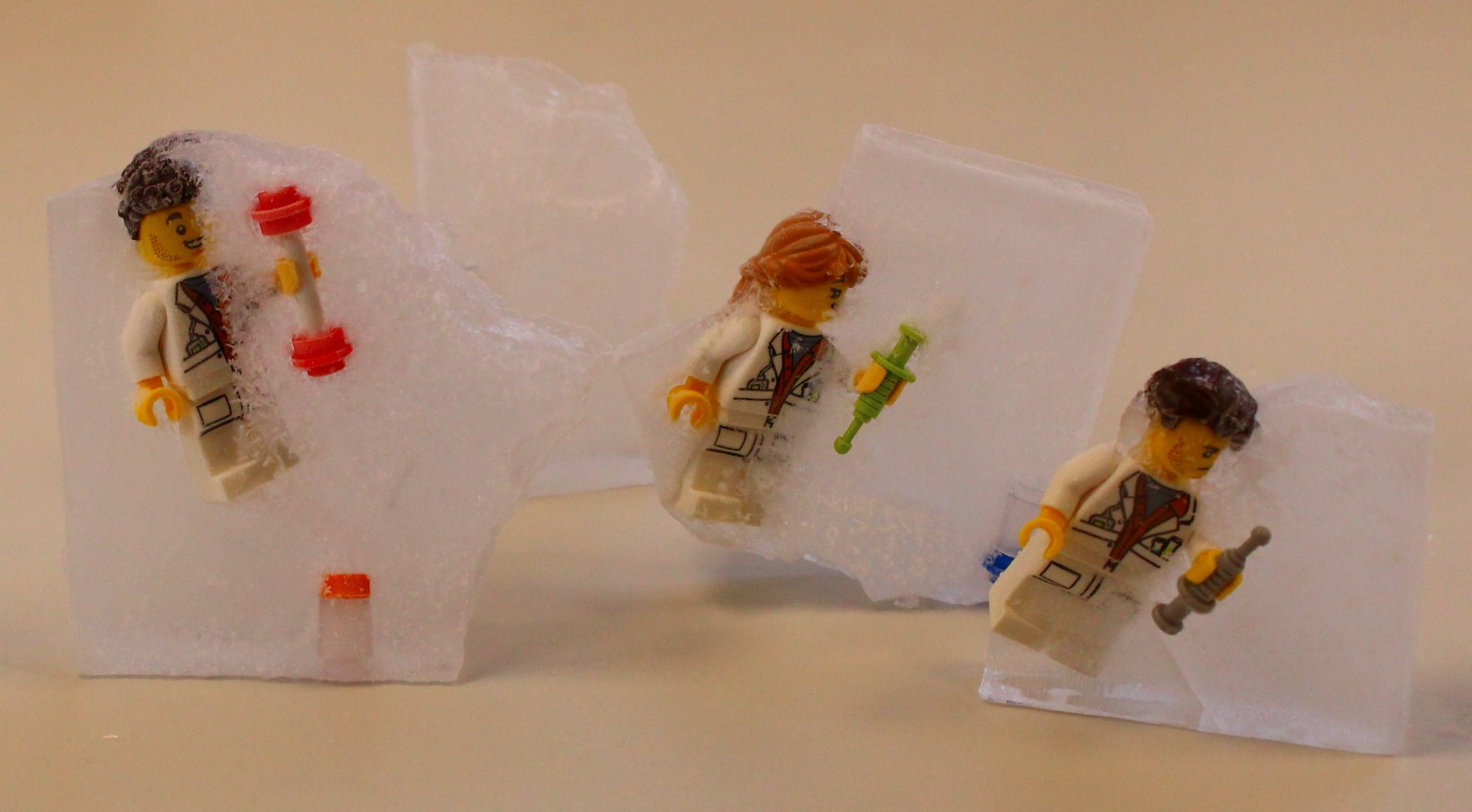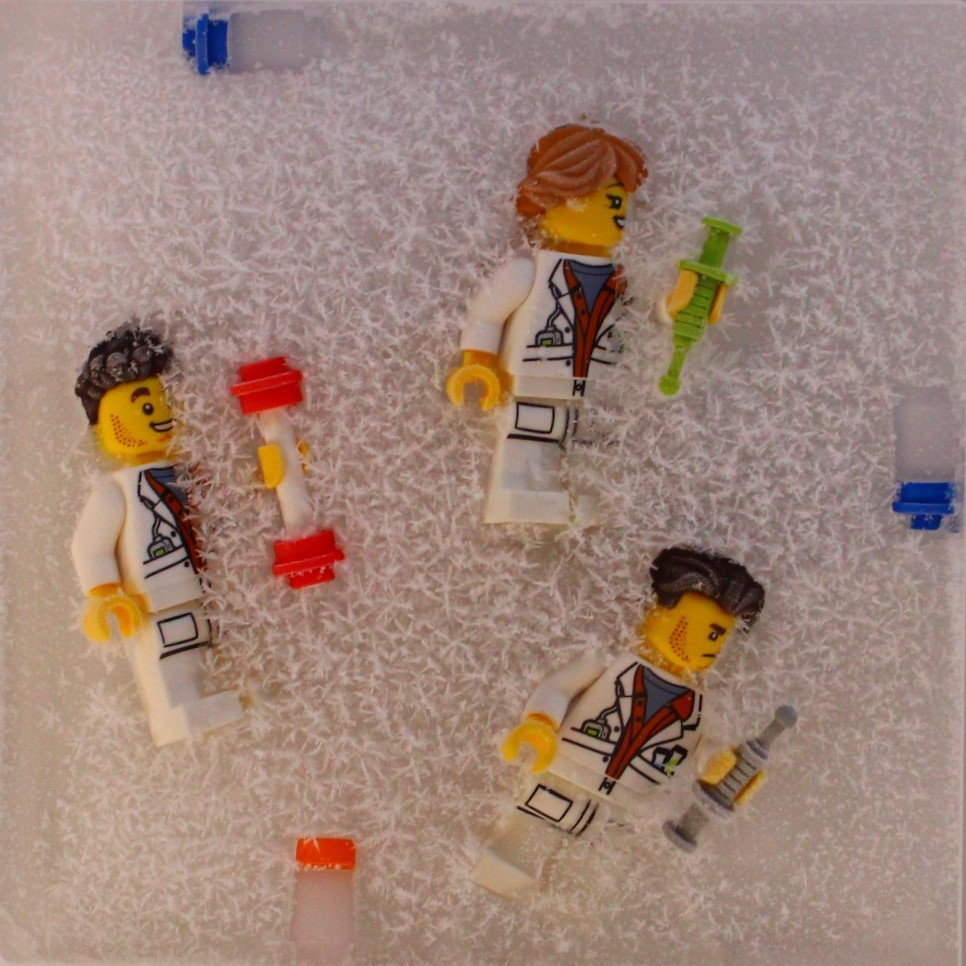Green Team Blog Instalment 2 – We Completed the Freezer Challenge
Did you know freezers are some of the most energy intensive pieces of equipment found in the lab? An ultralow temperature (ULT) freezer can consume nearly double the amount of electricity as the average 4-bedroom household per day!* Correctly functioning cold storage units are often taken for granted but are essential for the storage of biological samples.
*ULT freezers can consume up to 20 kWh per day 1. The average 4-bedroom household in the UK consumes 4100 kWh electricity per year (11.2 kWh per day) according to Ofgem 2.
What is the Freezer Challenge?
The Freezer Challenge is an annual competition organised by My Green Lab and the International Institute for Sustainable Laboratories 3. The aim of the challenge is to reduce the environmental impact of cold storage units in the lab. Participants are scored on the actions they take to improve cold storage efficiency achieved through preventative maintenance and sample management, for example.
That’s “cool”, what are the benefits?
Giving your lab freezers a bit of TLC to keep them in a good working condition has several advantages. Primarily, it reduces energy consumption resulting in lower running costs and a smaller carbon footprint. It can also extend freezer lifetime and help to avoid freezer failure, keeping valuable samples safe. It’s a win-win situation!

How did Peak Proteins take part?
At Peak Proteins (part of Sygnature Discovery), we work hard to produce high-quality proteins for our clients. Therefore, maintaining the integrity of samples and reagents during low temperature storage is crucial. Taking part in the freezer challenge allowed us to reflect on our cold storage practices and understand ways we could be operating our freezers more efficiently. Actions that contributed to our 2024 Freezer Challenge score included the following.
How did Peak Proteins do?
Overall, an estimated 31.8 million kWh of energy was saved by the 3026 participating labs across 35 countries. This is equivalent to avoiding the release of 22,000 tonnes of CO2, the same as produced by 5296 petrol vehicles driven for a year. Through our actions listed above, it was estimated that Peak Proteins has saved a modest 8.4 kWh of energy per day.
Can we do better?
Absolutely! We are currently in the process of “chilling up” our ULT freezers from -80 to -70 oC. This has the potential to reduce ULT freezer energy consumption by up to 30%! 4
For many years, -80 oC has been the standard for ULT freezers, but this is starting to change with the realisation that the use of -80 oC provides little benefit over -70 oC 5,6. In particular, it has been demonstrated that in the case of complete power failure, the difference in the warm-up time is minimal and evidence generally shows that sample integrity is maintained just as well at -70 as at -80 oC.
Bring on Freezer Challenge 2025!
References
1. Gumapas, L. A. M. & Simons, G. Factors affecting the performance, energy consumption, and carbon footprint for ultra low temperature freezers: case study at the National Institutes of Health. World Review of Science, Technology and Sust. Development, 10, 129-141 (2013)
2. https://www.ofgem.gov.uk/average-gas-and-electricity-usage (accessed 12/09/2024)
3. https://www.freezerchallenge.org/ (accessed on 07/10/2024)
4. Farley, M. et al. Efficient ULT freezer storage: An Investigation of ULT freezer energy and temperature dynamics. The University of Edinburgh, Social Responsibility & Sustainability (2015)
5. Drahl, C. A Matter of Degree. ACS Central Science, 4, 1294−1297 (2018)
6. Bousema, T. et al. -70 is the new -80. International Laboratory Freezer Challenge (2020) (accessed on 07/10/2024)


